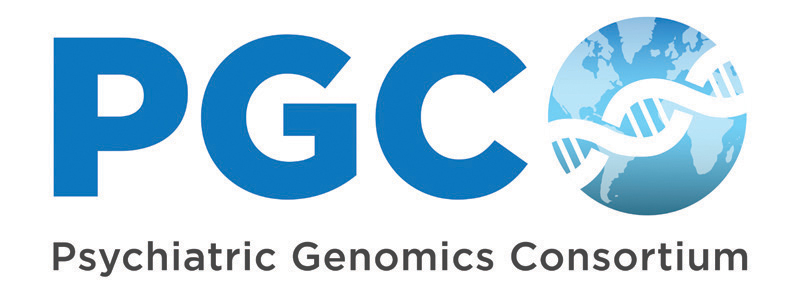Chapter 2: The Genome

Chapter goals:
Become familiar with the basic structure and organization of the genome and how it is regulated.
Understand types of genetic variation and the role that genetic variation, and natural selection plays in populations.
Understand the concept of linkage disequilibrium, including an overview of more advanced techniques for measuring this.
2.1 Organisation of the Genome
The following video from HMX Genetics gives a brief overview of the human genome: What is DNA? How is DNA organized? How is DNA regulated? What are genes?
Title: An Introduction to the Human Genome
Presenter(s): HMX Genetics, Harvard University
Length: 5:35
Link to video transcript here. Tradução para o português disponível aqui.
2.2 Genetic Variation
This section introduces a brief overview on genetic variation. The video below from Precision Health gives an introduction to two types of genetic variation: Single Nucleotide Polymorphisms (SNPs) and Copy Number Variants (CNVs).
Title: Genetic Variation and Mutation
Presenter(s): Precision Health
Length: 4:59
Link to video transcript here.
2.3 Evolutionary Signatures
This section describes how genetic variation is introduced into populations. The first video by Dr. Pamment gives a brief overview of the different events that can occur to introduce genetic variation, including mutations, crossing over, independent assortment, and random fertilization. The second video from Dr. Schaffner gives a greater in-depth look at genetic variation introduced through natural selection and gives the specifics of those selection processes.
Origins of Genetic Variation
Title: Origins of Genetic Variation
Presenter(s): Jessica Pamment, PhD (Department of Biological Sciences, DePaul University)
Length: 4:47
Link to video transcript here. Tradução para o português disponível aqui.
Natural Selection & Human Genetic Variation
Title: MPG Primer: Natural selection & human genetic variation
Presenter(s): Stephen Schaffner, PhD (Infectious Disease and Microbiome Program, Broad Institute of Harvard and MIT)
Length: 54:09
Link to video transcript here.
2.4 Linkage Disequilibrium
This section of videos from Dr. Mészáros dives deep into the concept of linkage disequilibrium: what it is, how it affects and why it is important to genetics and genetic analyses, advanced methods of calculating linkage disequilibrium, and the different types of LD measures.
What is Linkage Disequilibrium?
Title: What is linkage disequilibrium?
Presenter(s): Gábor Mészáros, PhD (Institute of Livestock Sciences (NUWI), University of Natural Resources and Life Sciences)
Length: 12:52
Link to video transcript here.
Measuring Linkage Disequilibrium
Title: How to measure linkage disequilibrium?
Presenter(s): Gábor Mészáros, PhD (Institute of Livestock Sciences (NUWI), University of Natural Resources and Life Sciences)
Length: 11:31
Link to video transcript here.
(Advanced) Measuring Linkage Disequilibrium
Title: How to measure linkage disequilibrium? (ADVANCED)
Presenter(s): Gábor Mészáros, PhD (Institute of Livestock Sciences (NUWI), University of Natural Resources and Life Sciences)
Length: 9:28
Link to video transcript here.
Computing Linkage Disequilibrium
Title: Compute linkage disequilibrium (Part 1)
Presenter(s): Gábor Mészáros, PhD (Institute of Livestock Sciences (NUWI), University of Natural Resources and Life Sciences)
Length: 10:18
Link to video transcript here.
2.5 Genome References
In the following videos, we get an introduction into genome references, how they are created and how they are useful in genomic research. In the first video, Dr. Patel explains how human reference genomes are created, defines genome builds or assemblies, and explains the differences between different reference versions. In the second video, Dr. Wain explains the importance of knowing which genome assembly was used for various genomics assays in order to accurately identify variants, genes, and transcripts.
Title: What is hg19/hg38? All you need to know about human reference genomes
Presenter(s): Khushbu Patel, PhD, DABCC (Core Lab, Chemistry Laboratory, Children’s Hospital of Philadelphia)
Length: 11:58
Link to video transcript here.
Title: Introduction to Genome Builds and Transcripts
Presenter(s): Karen Wain, MS, CGC (ClinGen)
Length: 7:45
Link to video transcript here.
Links:
